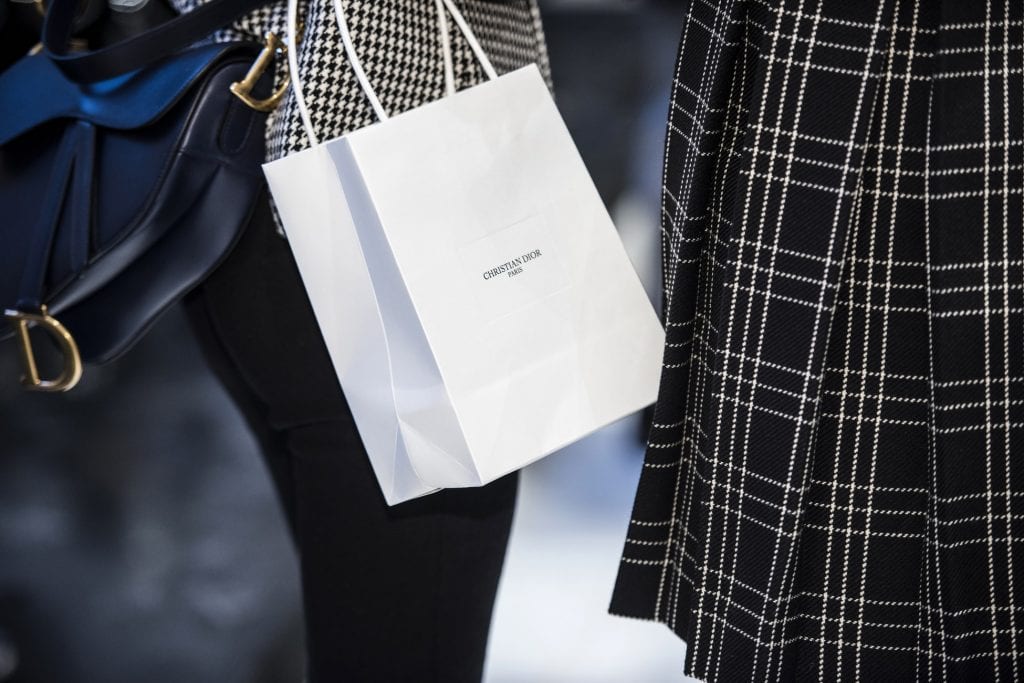Controlling the unauthorized online use of your brand’s most valuable assets can be a daunting task. Brand owners have mechanisms at their disposal to identify and act against such infringement, the tools, themselves, are only part of the solution. For example, the Uniform Domain Name Dispute Resolution Policy was released 10 years ago to help brand owners enforce their rights against cybersquatters. In particular, the policy aims to address the inherent challenges of the multi-jurisdictional nature of online infringement, including the common challenge of identifying the infringing parties, and to offer a simplified and cost-effective solution to brand owners for clear-cut cases.
Since then, infringers have become more sophisticated in their approaches, and infringements have expanded to new platforms, such as social media channels and online marketplaces. Tools and techniques to identify and act against these newer forms of infringement have also evolved, of course, but not always in a centralized or connected way.
Online Branding Challenges
The prevalence of trademark infringement and counterfeiting is, of course, not the only problem faced by businesses when it comes to the various elements of their branding; there is also the question of control. In our thoroughly digitally-connected world, brands take on a life of their own online, and much of that activity is beyond the control of the brand owner, both from a practical point of view and due to legal doctrines, such as the First Sale doctrine, which makes it generally legal for an individual to resell a trademarked item after it has been sold by the trademark owner in an authorized sale, even if the resale is without the trademark owner’s consent.
The current status quo for brand owners comes in rather stark contrast to pre-e-commerce and pre-social media realities. In other words, before digitally-native companies and third-party marketplaces disrupted the market, brands once had the ability to all but exclusively control the narratives about their brands and who would actively endorse them, and more foundational matters, such as how and where their products were sold, and at what prices.
Nonetheless, that changed with the rise of the web, and now, a brand’s distribution often extends beyond its reach to marketplace platforms and resale websites, and its reputation is impacted – both positively and negatively – by consumer interaction on social media and review websites, employee feedback online, and the work of influencers. In short: there are many elements and voices that contribute to a brand’s positioning and its narrative beyond the distribution chains set by the brand or the marketing messages it approves.
Against that background, defending a company’s valuable assets (including the goodwill and reputation associated with its name) is, of course, essential. More significantly, though, companies need to define a strategy to guide that defense. This strategy and the implementation of it can have important consequences for a brand’s positioning on many levels. It is not just a question of what a brand should do in furtherance of its enforcement endeavors and often more importantly, what it should not do, but such a strategy will consider how the brand should do it.
Too aggressive a strategy can often turn consumer sentiment against a brand – as has been the case in the not too distant past for luxury brands, such as Louis Vuitton and Gucci; this is a particularly relevant concern for companies in light of the pervasive and enduring call-out culture, which rarely takes brands’ enforcement duties (i.e., the duty of a trademark holder to police its marks against infringement and/or dilution) into account. Meanwhile, too lax an approach can amount to having no strategy at all, potentially causing a company to both lose valuable intangible assets and to suffer from diminishing a larger sense of consumer interest.
What is needed is an overarching strategic vision that aligns long-term branding and business goals, whether that be market growth, product consolidation, or something else entirely.
Auditing your brand enforcement arsenal
Having the right enforcement tools is a good start. This should mean having tools to facilitate monitoring and enforcement of intellectual property rights – whether that be in the form of potentially infringing domain names to the use of social media and/or marketplace platforms, such as Amazon and eBay, to market and sell counterfeit goods. Automation in monitoring and enforcement delivers increased efficiency, the capacity to handle higher volumes of data, and increases the swiftness of response.
However, even with the rights tools, a company should adopt and enforce a strategy, particularly since it not possible to tackle all brand concerns and instances of infringement. Taking the time to step back and consider your current brand management approach, your wider branding and business goals, and your main online challenges both today and in the future will inform the priorities, the jurisdictions, and the channels for action, as well as the varying levels of response.
Every move that a company makes online should be made with an eye upon its larger market goals and be proportionate to the threat and the tools that it has at its disposal. In the haste of acting against infringement, businesses can often overlook this important strategic phase.
Anca Draganescu-Pinawin is a Senior IP Counsel at Novagraaf’s Geneva office, and the head of the firm’s Online Brand Protection division.











